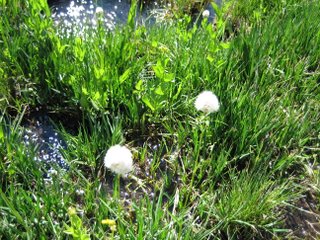As you may know, I had moved my bees over to a
friend’s house while I had some work done on my back yard. All was going well for a while, but there were some signs that the hive was perhaps weakened - the bees had some difficulty in preventing ants entering the hive. Well the other day I got the call that the activity level at the hive was down – way down.
On opening the hive, it became evident that the hive had become invaded by
wax moths. Normally, a healthy hive can cope with wax moths – chasing them out of the hive and destroying their eggs. However, if the hive is weak, then the wax moths or rather their larvae get the upper hand and the bees leave for better conditions elsewhere. The larvae are extremely destructive as they feed on the wax and pollen and as they move around the hive they create these strange silken tubes in which they travel. The damage just looks awful. No wonder the bees gave up.
At this late time of year, I cannot buy any replacement bees so I will likely have to wait until next spring before repopulating the hive. However, in order to try and re-establish the hive before next spring, I put my name on the callout list for anyone needing help in removing a swarm from their property.
What usually happens when someone finds a swarm of bees on their property is that they call the local beekeeper’s association and then one of the beekeepers comes out to retrieve the swarm. I have always thought that it would be interesting to go and retrieve a swarm in the “wild” so to speak so I am hoping to get a call. However, I could imagine that it could turn into a bit of a debacle if things don’t go according to plan and I would imagine there many ways things could diverge from the plan (whatever the plan is). Stay tuned…

















